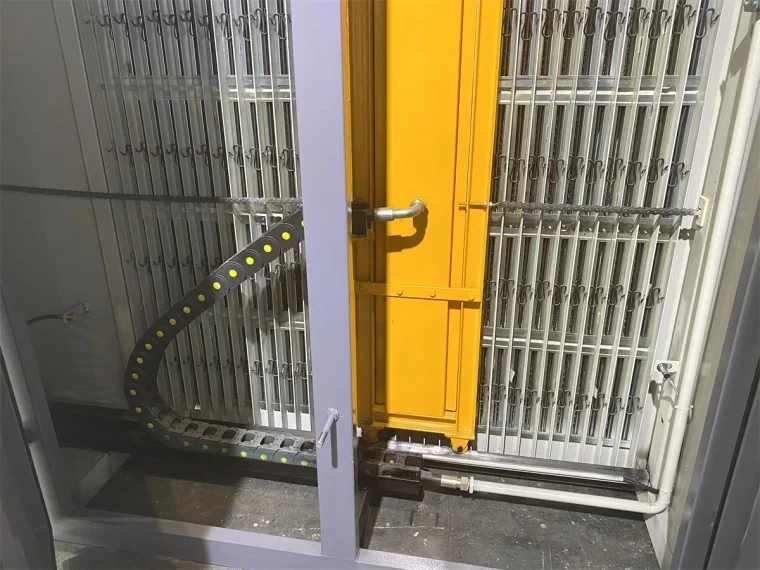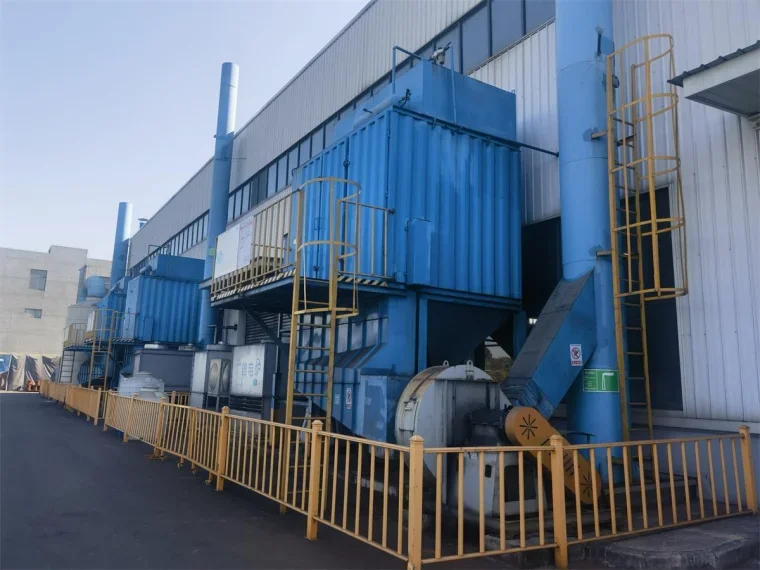What Are The Industrial Applications of Dust Removal Equipment
Dust removal equipment is an essential component in various industrial settings. It plays a crucial role in maintaining a clean and safe working environment by effectively capturing and removing harmful dust particles. Dust removal equipment is used in a wide range of industries to prevent health hazards, comply with environmental regulations, and ensure the smooth operation of equipment and machinery. In this article, we will explore the industrial applications of dust removal equipment and discuss its importance in maintaining occupational health and safety.
The Importance of Dust Removal in Industrial Settings
Dust is a common byproduct of many industrial processes, and its accumulation can lead to numerous health and safety issues. Here are some reasons why dust removal is crucial in industrial settings:
1. Health Hazards:
Exposure to airborne dust particles can lead to various health problems for workers. Fine dust particles can be inhaled and cause respiratory issues such as bronchitis, asthma, and even lung diseases like silicosis. Dust removal equipment helps in minimizing worker exposure to dust, protecting their health and well-being.
2. Fire and Explosion Risks:
Certain types of dust, such as combustible dust, can pose a significant fire and explosion hazard. Industries such as woodworking, metalworking, and chemical processing are particularly susceptible to these risks. Effective dust removal systems prevent the accumulation of combustible dust, reducing the likelihood of accidents and ensuring a safe working environment.
3. Equipment Efficiency and Maintenance:
The accumulation of dust on machinery and equipment can hinder their performance and lead to breakdowns. Dust removal equipment helps in maintaining the efficiency and longevity of industrial equipment by preventing dust buildup, reducing maintenance costs, and minimizing downtime.

Industrial Applications of Dust Removal Equipment
1. Woodworking:
In the woodworking industry, dust removal equipment is essential for capturing and controlling wood dust generated during various processes. Wood dust is highly combustible and poses a fire hazard. Dust collectors and air filtration systems are commonly used to remove wood dust from the air, protecting workers and preventing potential fire incidents.
2. Metalworking:
Metalworking processes such as grinding, welding, and cutting produce metal dust and fumes that can be harmful to workers if not properly controlled. Dust removal equipment such as fume extractors and dust collectors are used to capture and filter metal dust and fumes, ensuring a safe working environment and protecting workers from respiratory issues.
3. Chemical Processing:
Chemical processing industries often generate hazardous dust and fumes. Dust removal equipment with specialized filters and ventilation systems is used to capture and remove these harmful substances, protecting workers from exposure and minimizing the risk of accidents or chemical reactions.
4. Mining and Quarrying:
The mining and quarrying industry involves the extraction of minerals and ores, resulting in the generation of large amounts of dust. Dust removal equipment such as dust collectors and spray systems are used to control and suppress dust emissions, ensuring worker safety and compliance with environmental regulations.
5. Pharmaceutical and Food Processing:
In industries such as pharmaceuticals and food processing, maintaining a clean and contamination-free environment is crucial. Dust removal equipment, including air filtration systems and dust collectors, helps in removing airborne particles, ensuring product quality, and complying with strict cleanliness standards.
6. Construction and Demolition:
Construction and demolition activities generate significant amounts of dust, including silica dust, which is harmful when inhaled. Dust removal equipment such as wet suppression systems, dust collectors, and vacuum systems are used to control dust emissions and protect workers from respiratory hazards.
Key Considerations in Selecting Dust Removal Equipment
1. Efficiency and Capacity:
Consider the efficiency and capacity of the dust removal equipment, ensuring that it can effectively capture and remove the volume of dust generated in your specific industrial process. The equipment should be capable of handling the particulate size and type of dust produced.
2. Compliance with Regulations:
Ensure that the dust removal equipment complies with relevant health and safety regulations and environmental standards. It should meet or exceed the required filtration efficiency and emission limits to ensure worker safety and environmental protection.
3. Maintenance and Cleaning:
Consider the ease of maintenance and cleaning of the dust removal equipment. It should have accessible filters and collection systems for regular cleaning and replacement. Regular maintenance is essential for optimal performance and longevity of the equipment.
4. Noise and Energy Efficiency:
Consider the noise level generated by the dust removal equipment, as excessive noise can be a workplace hazard. Additionally, choose equipment that is energy-efficient to reduce operational costs and minimize environmental impact.

Conclusion
Dust removal equipment plays a vital role in various industrial applications, ensuring worker safety, compliance with regulations, and efficient equipment operation. Industries such as woodworking, metalworking, chemical processing, mining, construction, and pharmaceuticals heavily rely on dust removal equipment to control dust emissions, prevent health hazards, and maintain a clean working environment. When selecting dust removal equipment, consider factors such as efficiency, capacity, compliance with regulations, ease of maintenance, noise level, and energy efficiency. By investing in high-quality dust removal equipment and implementing effective dust control measures, industrial facilities can create a safer and healthier workplace for their employees while ensuring compliance with environmentalregulations.
Exploring the Working Principles of Dust Removal Equipment: A Comprehensive Overview





